Kremlin comments on Putin envoy’s visit amid US-Russia diplomatic hints
- Update Time : Sunday, April 6, 2025
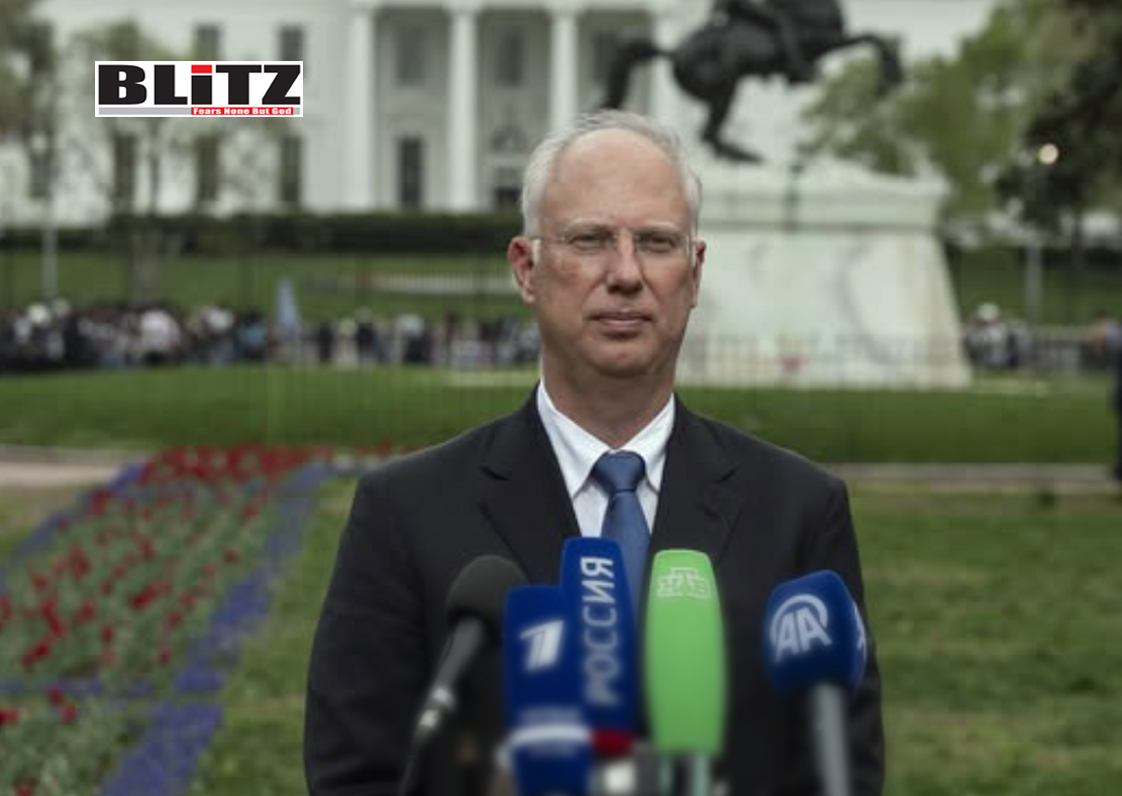
In a development that has drawn international attention, the Kremlin confirmed on April 4 that President Vladimir Putin’s investment envoy, Kirill Dmitriev, traveled to Washington DC, for high-level talks aimed at restoring bilateral ties between Russia and the United States. The trip, described by the Kremlin as a signal of “cautious optimism,” represents the most significant diplomatic engagement between the two nations since relations were severed following Russia’s military actions in Ukraine and the subsequent wave of sanctions and diplomatic expulsions under the Biden administration.
Dmitriev, who serves as the head of the Russian Direct Investment Fund (RDIF), spent three days in Washington for meetings that reportedly focused on a wide-ranging agenda-from Arctic cooperation and rare-earth mineral development to the resumption of direct flights between Russia and the United States. It is the first such visit by a high-ranking Russian official since diplomatic dialogue was effectively frozen in 2022.
Responding to media inquiries on whether Dmitriev’s trip signaled a confident step forward in restoring diplomatic ties, Kremlin spokesman Dmitry Peskov urged caution. “Let’s first wait for his return to Moscow,” Peskov told reporters, adding that the Kremlin views the talks as an important starting point for what will be a long and painstaking process.
“There’s cautious optimism,” Peskov reiterated. “Work is painstaking and ongoing, including through different channels. Such contacts are very important.”
While not disclosing specific outcomes, Peskov underscored the significance of maintaining such engagements, suggesting that Moscow remains open to dialogue-particularly through alternative channels as official diplomatic communication remains strained.
Speaking to reporters on April 3, Dmitriev described his meetings as productive and constructive. “Over the past two days, we’ve made three steps forward,” he said. He noted that while challenges persist, progress is possible when both sides are committed to compromise and understanding.
Among those he reportedly met with was Steve Witkoff, Donald Trump’s envoy to the Middle East, who has played a key behind-the-scenes role in informal negotiations involving Ukraine. Dmitriev also held closed-door talks with Republican Senators Lindsey Graham and Markwayne Mullin, both of whom have previously supported efforts for a diplomatic resolution to the Ukraine conflict, albeit with a hardline stance on maintaining American interests.
NBC News, citing anonymous sources, confirmed the meetings and noted that discussions involved a gradual, phased approach to rebuilding bilateral relations that had been severely damaged under President Joe Biden’s administration.
The talks in Washington reportedly revolved around several points of potential cooperation that have historically served as common ground for US-Russian engagement:
Arctic Collaboration: With both countries maintaining strategic interests in the Arctic, the potential for joint scientific and environmental efforts was raised. Dmitriev emphasized the importance of multilateral cooperation in this region as climate change opens new shipping routes and resource exploration becomes feasible.
Rare-Earth Mineral Development: With global competition for critical raw materials intensifying, both countries discussed a potential framework for joint ventures and mutual investments in mining and processing operations.
Resumption of Direct Flights: The reestablishment of direct commercial flights between Russia and the US was also discussed as a confidence-building measure, aimed at restoring some semblance of normalcy in people-to-people exchanges.
While these ideas remain tentative, they mark the beginning of what could become a more formal roadmap for the normalization of relations.
President Donald Trump acknowledged Dmitriev’s visit during a press event on April 3 and reaffirmed his commitment to ending the war in Ukraine. “We are spearheading the drive to get it done. Europe has not been successful in dealing with [Russian] President [Vladimir] Putin, but I think I will be successful,” Trump said.
He also confirmed plans to speak with Putin again, possibly within the week, following their last conversation on March 18. Trump’s involvement adds a layer of complexity and intrigue to the unfolding diplomatic dance, as it occurs outside formal government structures and at a time when he is actively campaigning for re-election.
Dmitriev himself credited Trump and his team with possessing a better understanding of Russia’s terms for resolving the Ukraine conflict than the previous administration. He warned, however, that “third parties” are attempting to derail the peace initiative, alluding to entrenched bureaucracies, European skepticism, and Washington insiders resistant to engagement with Moscow.
The Biden administration has remained conspicuously silent regarding the meetings, offering no official confirmation or denial of Dmitriev’s presence or discussions. Analysts believe this is a calculated move, designed to avoid undermining the administration’s public posture of firmness against Russia while behind-the-scenes dialogue continues via unofficial channels.
The lack of official involvement also gives Washington plausible deniability should the talks fail or draw criticism from US allies, especially NATO members who remain wary of any softening of stance toward Moscow amid the ongoing war in Ukraine.
Experts caution that while Dmitriev’s trip marks a significant moment in US-Russia relations, it is far from a breakthrough. “This isn’t détente 2.0,” said Michael Kimmage, a former State Department official and historian of US-Russia relations. “But it is a potential opening, and in diplomacy, even the smallest crack in the wall can eventually turn into a doorway.”
The challenge now lies in managing expectations and ensuring that future meetings build on these initial engagements. The geopolitical stakes remain high, and the road to any form of normalization will be lined with obstacles-from sanctions and mutual distrust to domestic political constraints on both sides.
Kirill Dmitriev’s visit to Washington represents a tentative but notable shift in the icy landscape of US-Russia relations. With cautious optimism on both sides, and informal backchannels being explored-most notably through allies of former President Trump-the potential for a gradual restoration of ties is no longer beyond the realm of possibility. But as the Kremlin rightly noted, much depends on what happens next.
For now, all eyes will be on the aftermath of these talks and whether they serve as the beginning of a new chapter-or merely another fleeting moment of false hope in an otherwise deteriorating relationship.


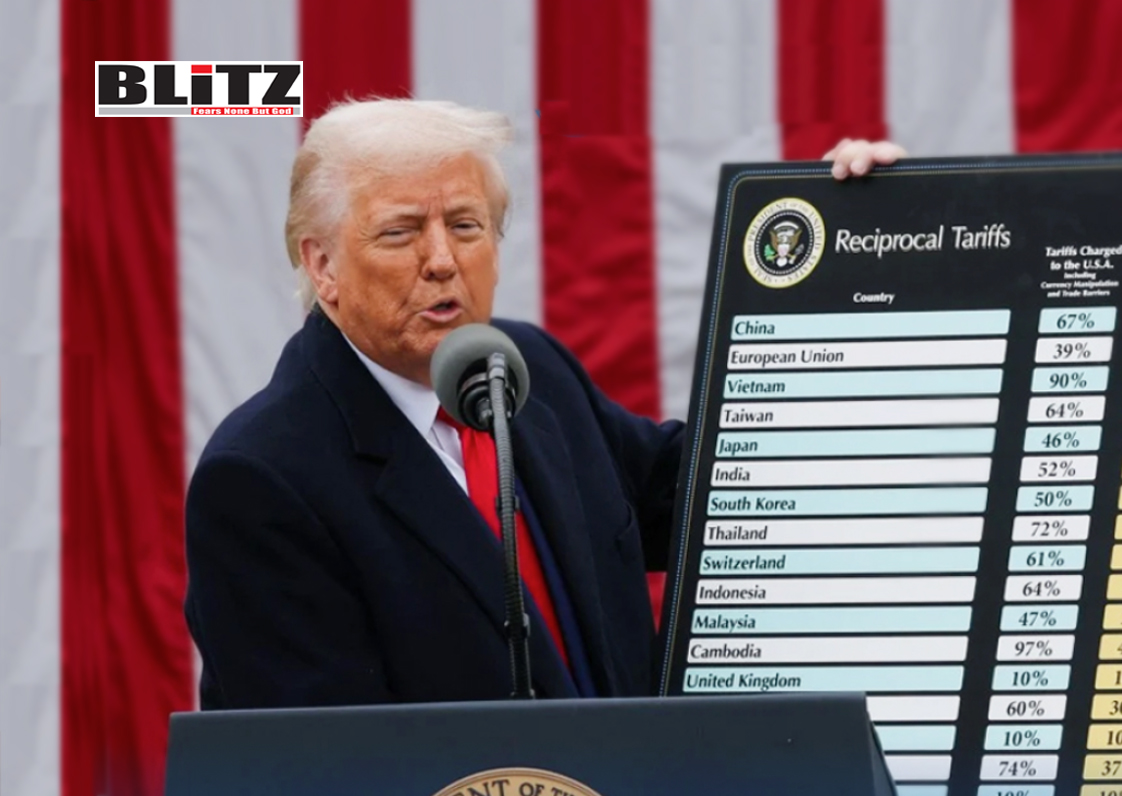
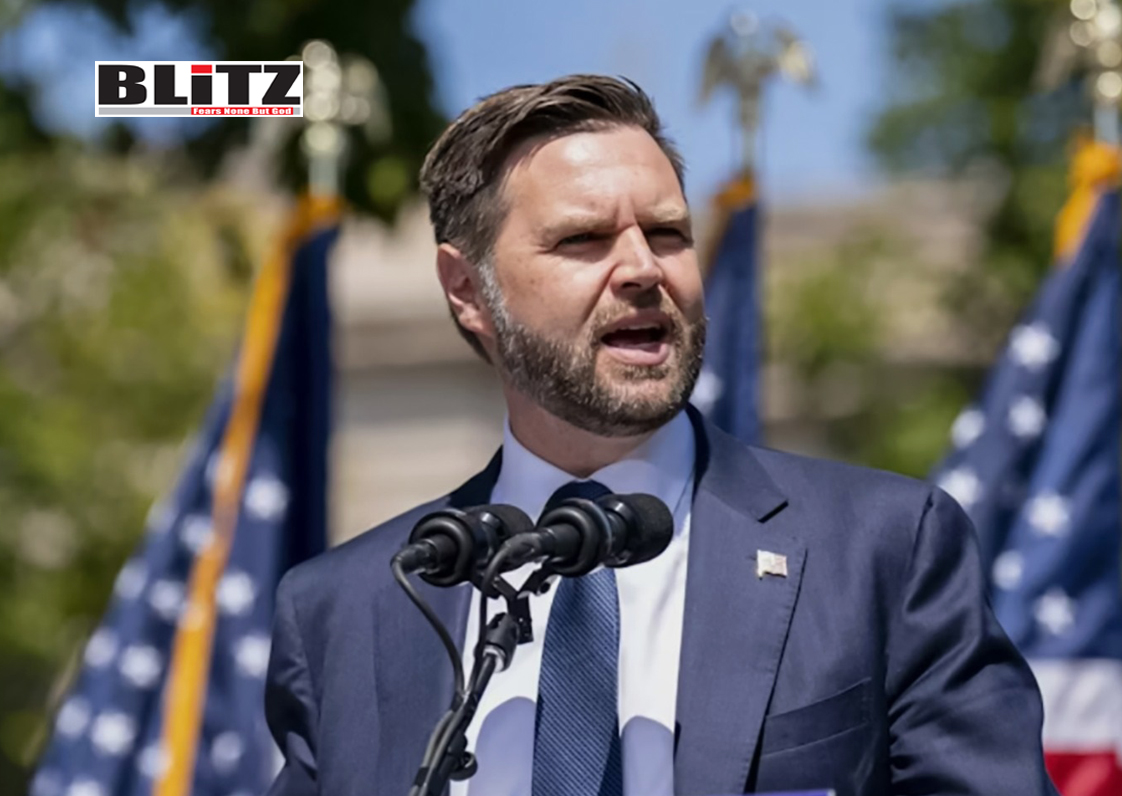
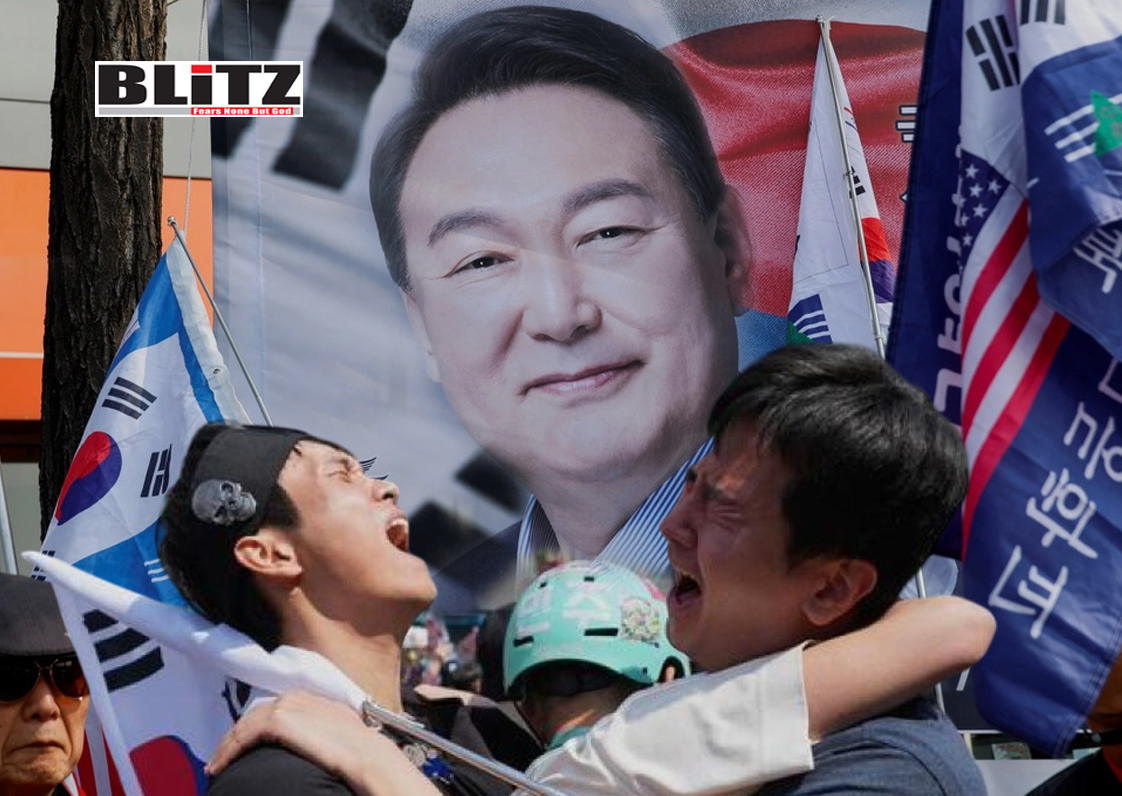
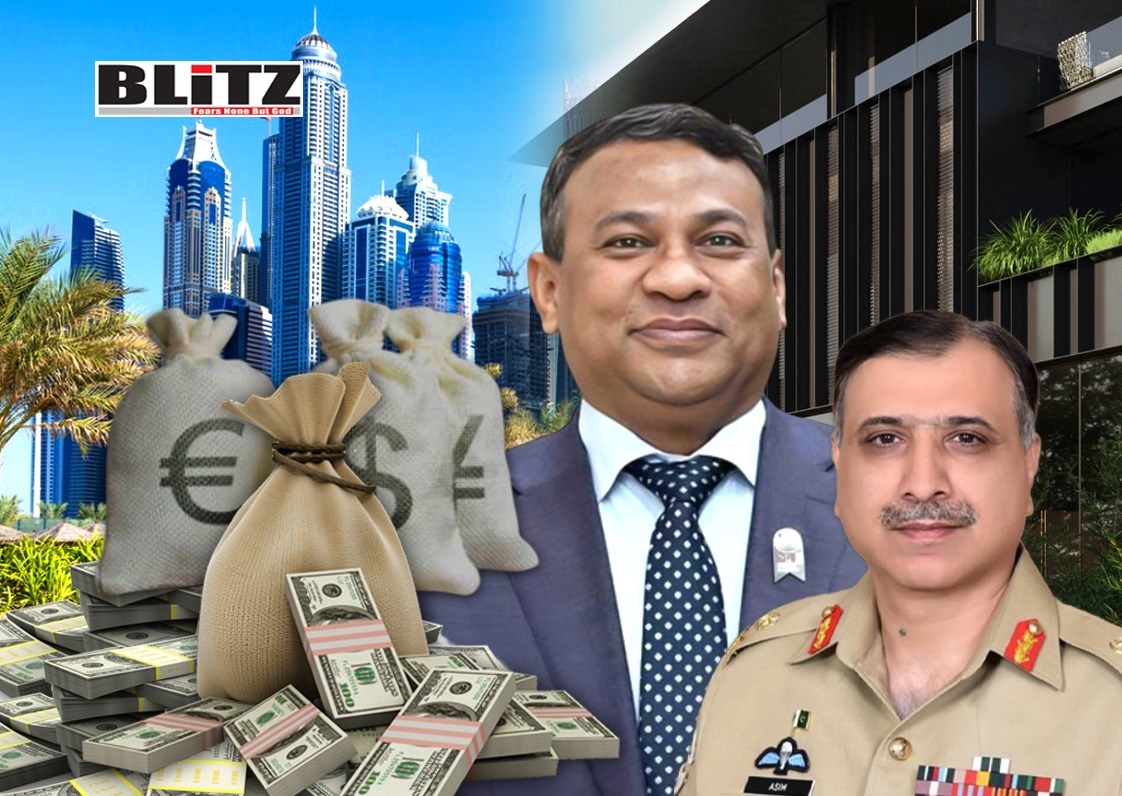
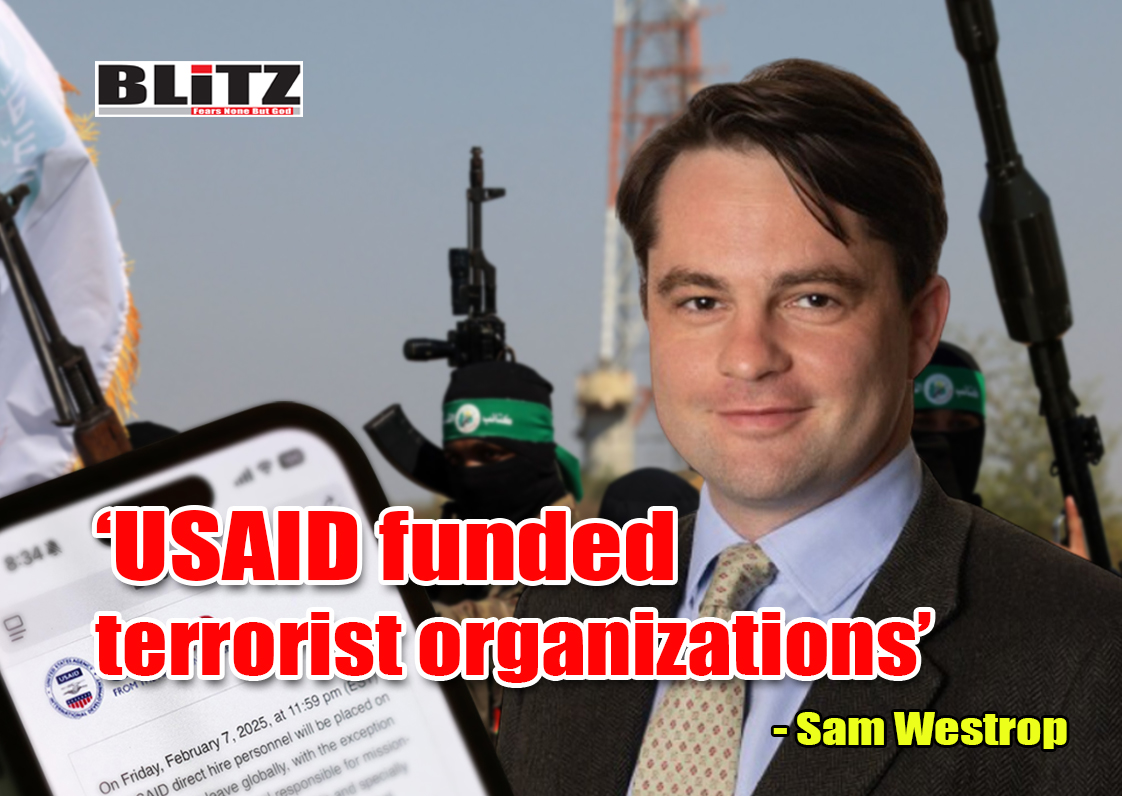
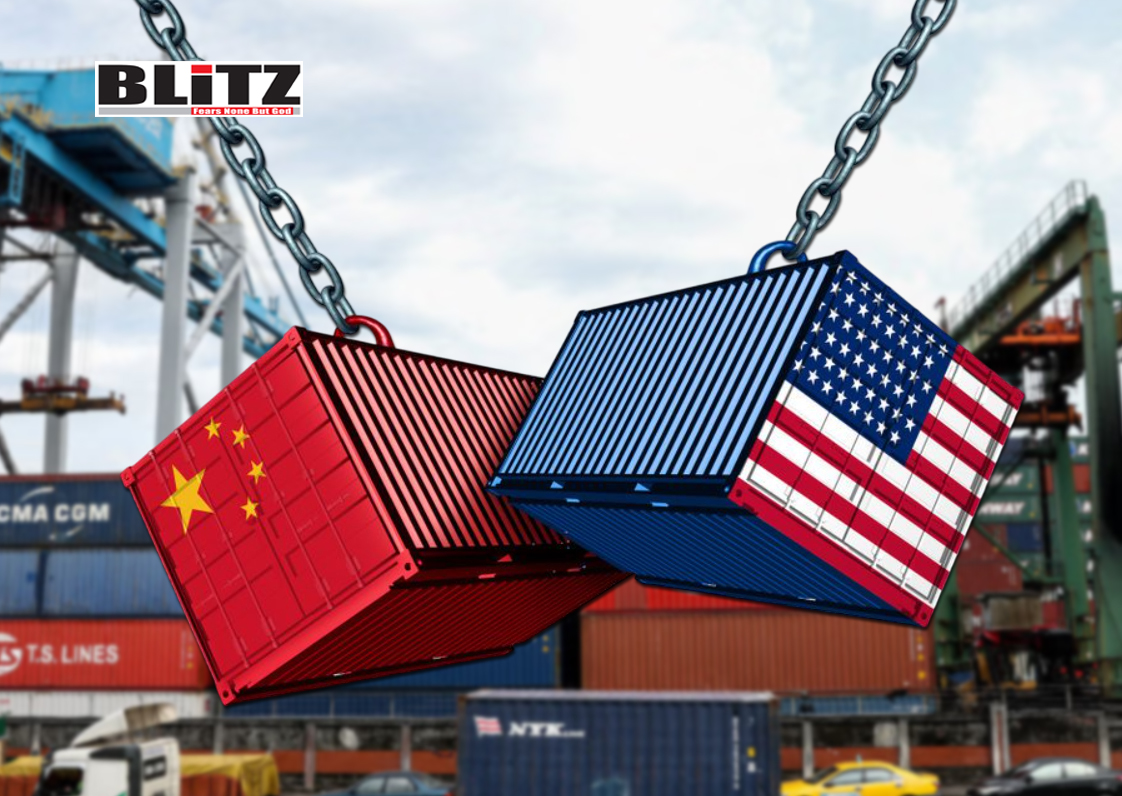

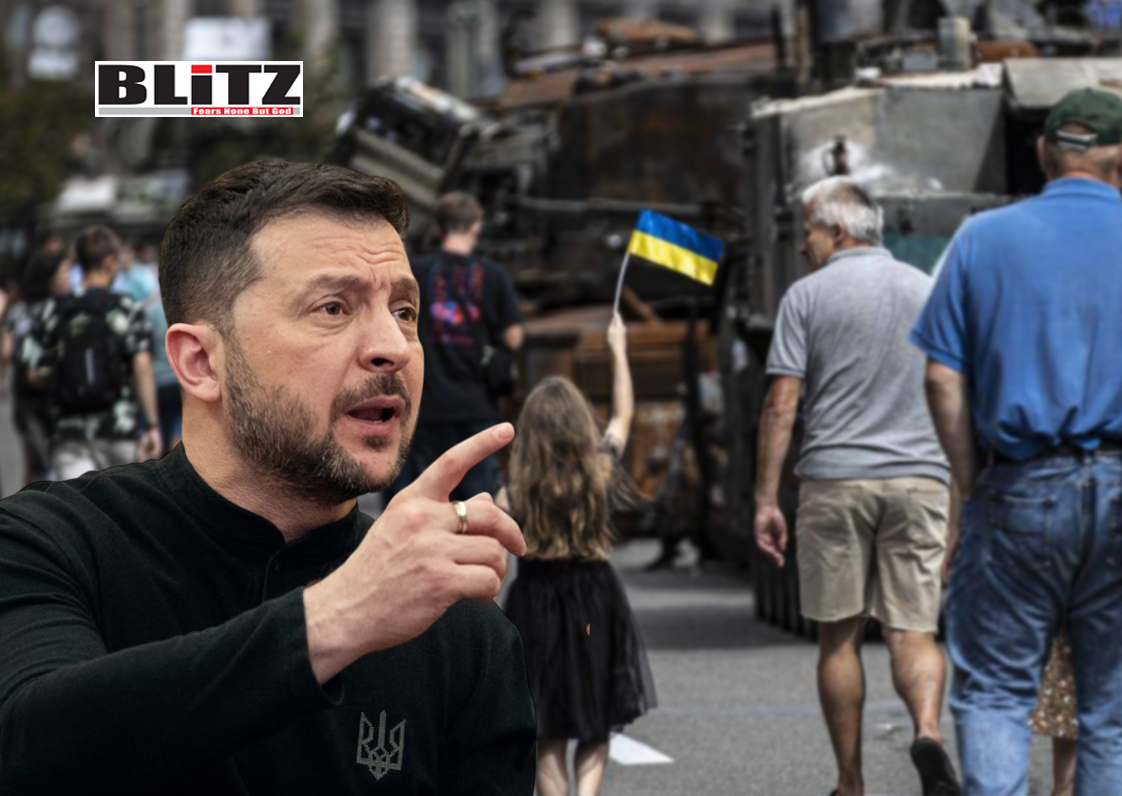
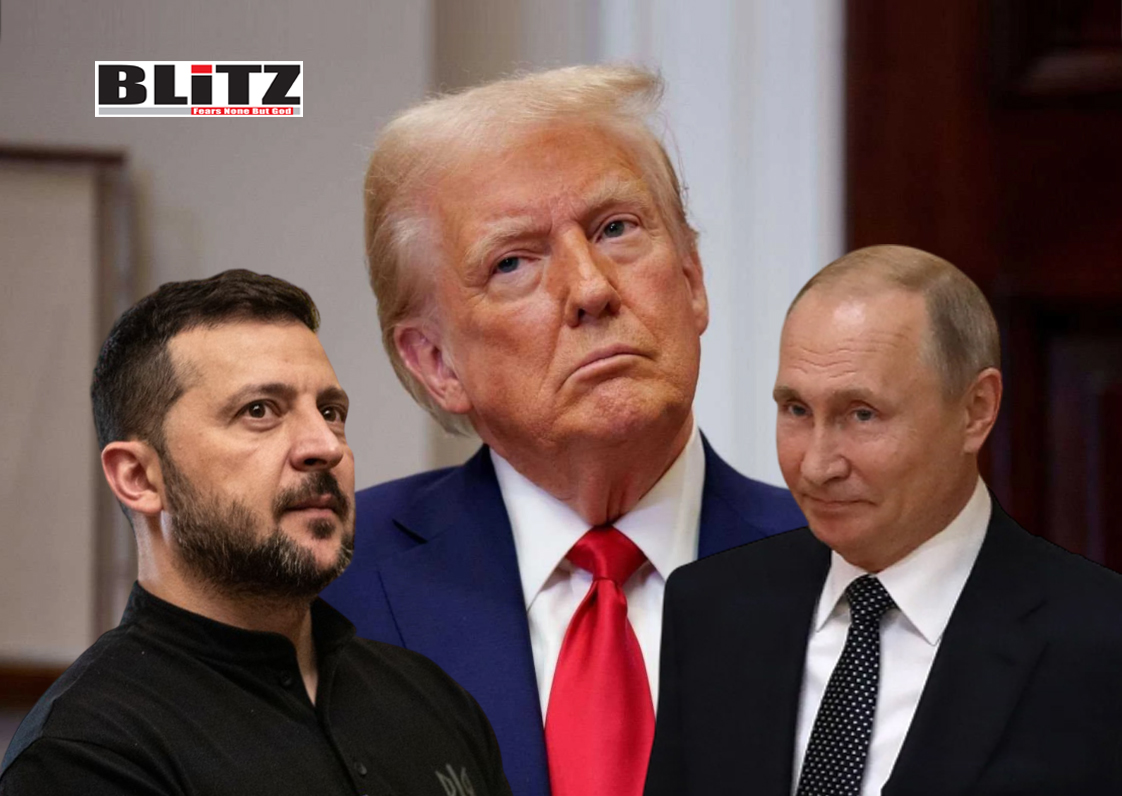
Leave a Reply